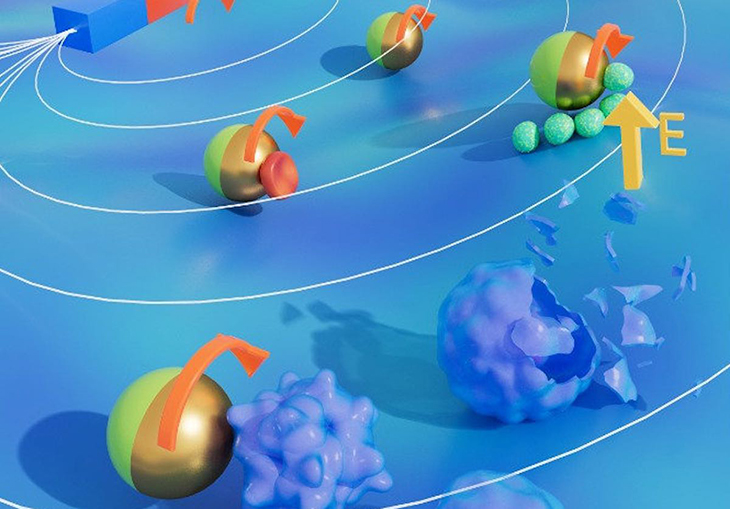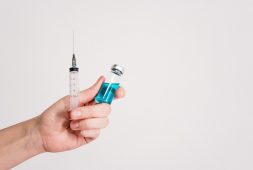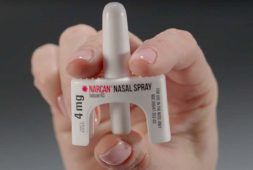
Scientists have developed a minuscule robot that operates like a real-life “Pac-Man” by detecting and consuming damaged cells within living organisms. This tiny robot, measuring only seven times smaller than the width of a human hair, possesses the ability to recognize, capture, and transport cells.
It offers the advantages of magnetic and electrical navigation and control, while also distinguishing between different cell types to determine their health status, whether healthy or dying.
Researchers from Tel Aviv University in Israel, led by Professor Gilad Yossifon from the School of Mechanical Engineering and Department of Biomedical Engineering, believe that this new micro-robot has potential applications in drug administration and even cancer detection and treatment. The development of this innovative technology was inspired by the concept of autonomous movement observed in ‘biological micro-swimmers,’ such as sperm.
In their experiments, the team successfully employed the robot to capture individual blood cells, cancer cells, and bacteria. The results, published in the journal Advanced Science, demonstrated the microbot’s capability to differentiate between healthy cells, cells damaged by drugs, cells undergoing unnatural death, and cells undergoing natural death. Once the desired cell is identified, the micro-robot seizes and transports it to a location for further analysis.
Another notable feature of the robot is its ability to identify target cells that are not specifically labeled or highlighted as significant. It accomplishes this by internally sensing the electrical properties of cells, enabling self-identification and assessment of their health conditions.
The development of this tiny robot opens up promising possibilities for targeted cell manipulation and analysis, with potential implications in various medical fields.
Professor Yossifon shared, “In addition, the micro-robot has an improved ability to identify and capture a single cell, without the need for tagging, for local testing, or retrieval, and transport to an external instrument.”
He added, “This research was carried out on biological samples in the laboratory for in-vitro assays but, the intention is to develop in the future micro-robots that will also work inside the body—for example, as effective drug carriers that can be precisely guided to the target.”
The researchers also shared that the hybrid design of the microbot will be beneficial in physiological environments, such as liquid-based tests, where conventional electrical guidance methods are less efficient.
Professor Yossifon said, “This is where the complementary magnetic mechanism come into play, which is very effective regardless of the electrical conductivity of the environment.”
“Among other things, the technology will support the following areas: medical diagnosis at the single cell level, introducing drugs or genes into cells, genetic editing, carrying drugs to their destination inside the body, cleaning the environment from polluting particles, drug development, and creating a ‘laboratory on a particle’—a microscopic laboratory designed to carry out diagnostics in places accessible only to micro-particles.”
The rapid development of this innovative technological domain presents a promising tool with vast applications across various fields, including environmental and research endeavors.



